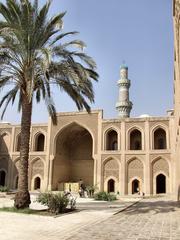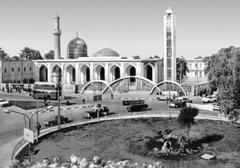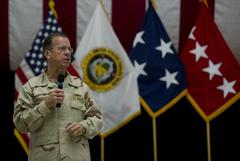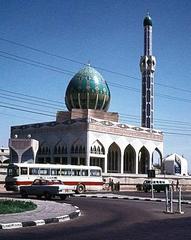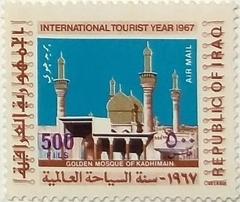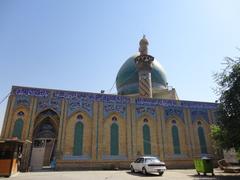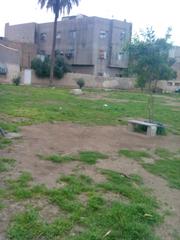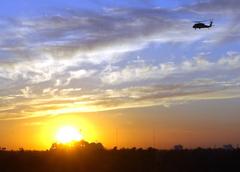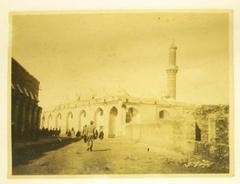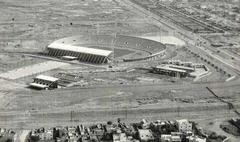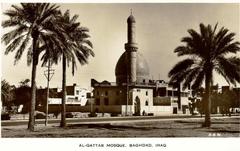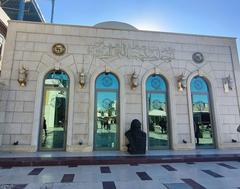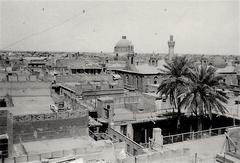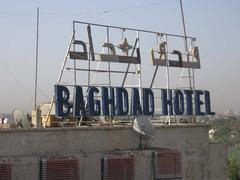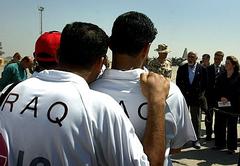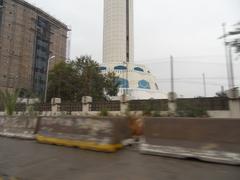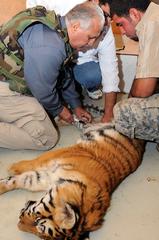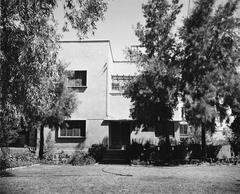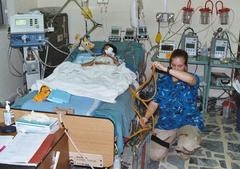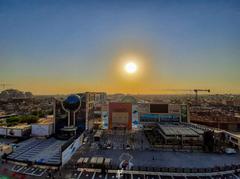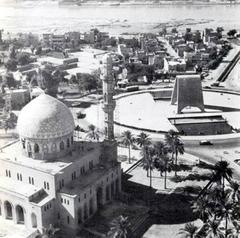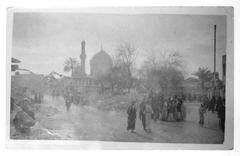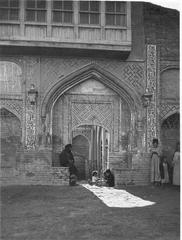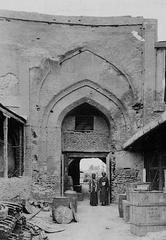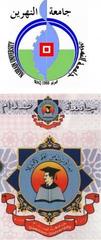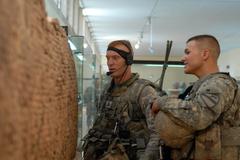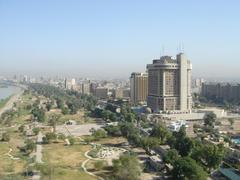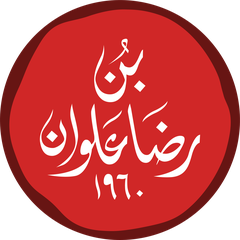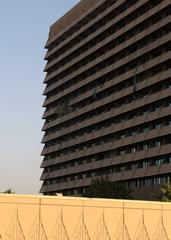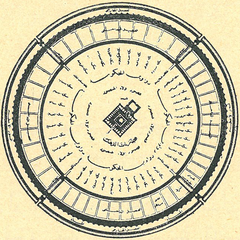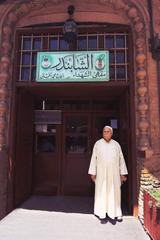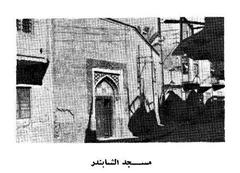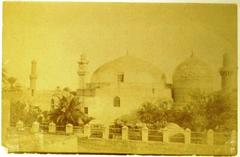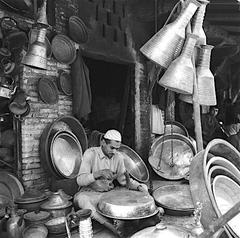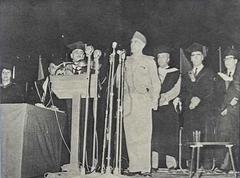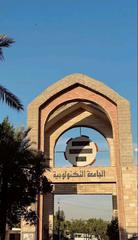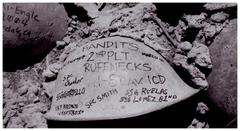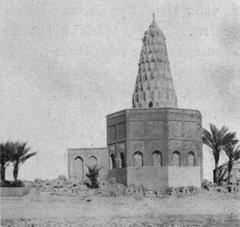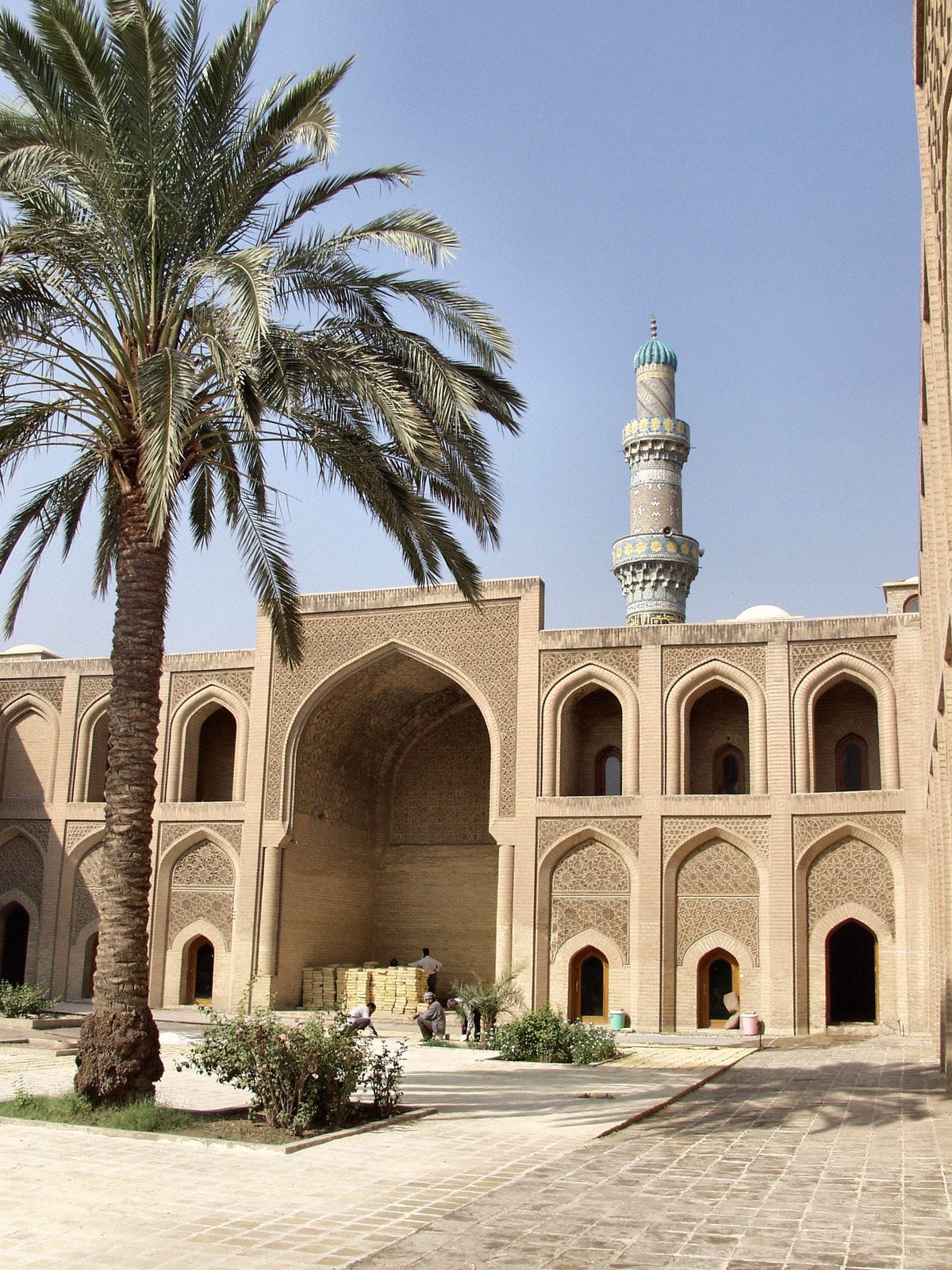
Al-Mustansiriya University Visiting Hours, Tickets, and Baghdad Historical Sites Guide
Date: 14/06/2025
Introduction
Al-Mustansiriya University is a shining emblem of Baghdad’s rich intellectual and cultural legacy. Established in the early 13th century as the Al-Mustansiriya Madrasah by Abbasid Caliph Al-Mustansir Billah, it remains a beacon of Islamic education, architectural marvel, and cultural resilience in Iraq’s capital. Located on the eastern bank of the Tigris River, the university weaves together centuries of educational innovation and survival, offering visitors a rare insight into the heart of Baghdad’s historical and scholarly tradition (Smithsonian Magazine; MyPluralist; Round City).
This guide provides a comprehensive overview of Al-Mustansiriya University, including its history, architectural and educational significance, detailed visitor information, and tips for exploring nearby Baghdad historical sites.
Historical Foundations and Significance
Foundation and Abbasid Era
Al-Mustansiriya Madrasah was founded between 1227 and 1234 CE by Caliph Al-Mustansir Billah at the height of the Islamic Golden Age. It was designed as a pioneering institution that unified the four major Sunni legal schools—Hanbali, Hanafi, Shafi’i, and Maliki—into a single center of learning, while also advancing studies in medicine, mathematics, astronomy, and literature (Wikipedia; Round City). The madrasah’s strategic location in the Rusafa district established Baghdad as a global hub for intellectual exchange.
Architectural and Educational Prowess
The madrasah is renowned for its Abbasid-era architecture, characterized by intricate brickwork, geometric tile designs, and a grand entrance gate featuring calligraphic inscriptions. One of its most remarkable innovations was a water-powered clock used to mark prayer and class times, reflecting the scientific ingenuity of medieval Baghdad (MyPluralist). The complex housed expansive lecture halls, libraries brimming with rare manuscripts, and residential quarters for students and scholars from across the Islamic world.
Survival and Adaptation
Despite enduring the Mongol invasion of 1258 and subsequent periods of Ottoman and British control, the core structure of Al-Mustansiriya survived by adapting to various functions, including use as a customs office, hospital, and military barracks (Smithsonian Magazine; Indroyc). Restoration efforts since the 20th century have focused on preserving its original features, though challenges such as conflict and budget shortfalls have sometimes stalled progress.
The Modern University: Legacy and Expansion
Re-established as a modern university in 1963, Al-Mustansiriya today comprises 13 colleges across disciplines including medicine, engineering, law, and humanities (Top Universities; Visit Iraq Now). It ranks among Iraq’s leading academic institutions, supporting research, innovation, and international collaborations. The university’s enduring mission is to balance traditional Islamic scholarship with contemporary education and societal needs.
Visiting Al-Mustansiriya University: Practical Information
Location and Getting There
- Address: Rusafa district, central Baghdad, along the eastern bank of the Tigris River.
- Access: Reachable by taxi (recommended for convenience and safety), public transport, or on foot from nearby sites such as Mutanabbi Street and the Copper Market (Rocky Road Travel).
Visiting Hours and Tickets
- Hours: Generally open Saturday through Thursday, 9:00 AM to 5:00 PM. Some sources indicate Monday to Friday, 9:00 AM to 4:00 PM. Check locally for updates or holiday closures.
- Admission: Entry to the campus is usually free; the historic madrasah complex may charge a small fee (approx. 5,000 IQD/~$3.50 USD), especially for guided tours or special exhibitions (Wild Trips).
- Guided Tours: Available on-site or via local agencies, with English-speaking guides recommended for deeper insight (Travel2Iraq).
Accessibility and Facilities
- Mobility: The main courtyard and ground-floor halls are wheelchair accessible, but upper levels and historic sections may have limitations due to stairs and uneven surfaces.
- Restrooms: Basic facilities are available near the entrance.
- Food and Drink: Bring water and snacks. No on-site cafés; vendors outside sell refreshments.
- Security: Expect security checks at entrances. Carry valid ID.
Dress Code and Visitor Etiquette
- Attire: Modest dress is required—long trousers/skirts, covered shoulders for all; women should bring a headscarf for religious/historic areas.
- Shoes: Remove shoes before entering prayer spaces.
- Photography: Allowed in most areas; avoid flash in the museum and always ask before photographing people.
Highlights of the Visitor Experience
Architecture and Ambience
Explore beautifully preserved Abbasid architecture—arched gateways, mosaic-tiled halls, lush courtyards, and calligraphic panels (Laure Wanders). The serene atmosphere, especially in the early morning or late afternoon, invites reflection and photography.
Museum and Exhibits
The on-site museum displays historic manuscripts, scientific instruments, and restored architectural fragments, offering a glimpse into Baghdad’s scholarly zenith (Wild Trips).
Cultural Engagement
Visitors often interact with local students and scholars, attend occasional public lectures, and, during special events, witness traditional music or art exhibitions (explorecity.life).
Nearby Baghdad Historical Sites
- Mutanabbi Street: Renowned book market and literary quarter, ideal for a post-visit stroll (Laure Wanders).
- Copper Market: Traditional handicrafts and souvenirs.
- National Museum of Iraq: Houses invaluable Mesopotamian artifacts.
- Mustansiriya Bridge and Al-Kadhimiya Mosque: Important religious and architectural sites within easy reach (Rocky Road Travel).
Safety, Travel Tips, and Best Times to Visit
- Safety: Baghdad’s security has improved, with university areas considered safe for visitors. Avoid political gatherings, follow local guidance, and check travel advisories (Adventures of Lil Nicki).
- Best Seasons: Spring (March–May) and autumn (October–November) offer mild weather; avoid peak summer heat.
- Female Travelers: Dress conservatively and consider joining guided groups (Farewell Alarms).
- Language: Arabic is primary; limited English spoken—translation apps or basic Arabic phrases are helpful.
Frequently Asked Questions (FAQs)
Q: What are the visiting hours for Al-Mustansiriya University?
A: Typically 9:00 AM–5:00 PM (Saturday–Thursday); hours may vary on holidays.
Q: Is there an entrance fee?
A: Campus entry is usually free; a small fee may apply for the historic madrasah or guided tours.
Q: Are guided tours available?
A: Yes, in Arabic and English, and are recommended for context and access.
Q: Is the site accessible for people with disabilities?
A: Main areas are accessible, but historic sections may have limited access.
Q: Can I take photos?
A: Yes, but avoid flash in museums and always ask before photographing people or restricted areas.
Q: What are nearby attractions?
A: Mutanabbi Street, Copper Market, National Museum of Iraq, Mustansiriya Bridge, and Al-Kadhimiya Mosque.
Opportunities for International Visitors
Al-Mustansiriya University participates in the Iraq Government Scholarship program, welcoming local and international students at various academic levels (worldscholarshipnews.com). Visitors interested in research or academic exchange should contact the university in advance.
Key Resources and Official Links
- Official Al-Mustansiriya University Website (Arabic)
- Iraqi Ministry of Tourism
- Audiala App – For guided audio tours and up-to-date visitor info
- Guide to Baghdad’s Cultural Heritage
- Top Iraqi Tourist Attractions
Summary & Call to Action
Al-Mustansiriya University remains a living testament to Baghdad’s legacy as a center of learning, culture, and resilience. Its historic madrasah complex, curated exhibits, and ongoing academic vibrancy invite visitors to experience the architectural splendors and intellectual heritage of Iraq’s capital (studyatuniversity.com; Top Universities; Wild Trips). As you plan your journey, download the Audiala app for audio-guided tours, real-time updates, and travel support. Follow us on social media for more information and inspiration to explore Iraq’s unparalleled cultural treasures.
Sources
- What Restoration of Iraq’s Oldest University Says About Iraq’s Future – Smithsonian Magazine
- Al-Mustansiriya University – Wikipedia
- Inside Al-Madrasah Al-Mustansiriya – Round City
- Mustansiriya University – MyPluralist
- Al-Mustansiriyya Madrasa Baghdad – Indroyc
- Mustansiriyah University in Iraq – Study at University
- Baghdad Travel Guide – Rocky Road Travel
- Baghdad – Things to Do – Laure Wanders
- Top 10 Tourist Attractions in Baghdad – Wild Trips
- Top Universities Ranking for Mustansiriyah University
- Iraq Government Scholarships – World Scholarship News
- Audiala Mobile App
